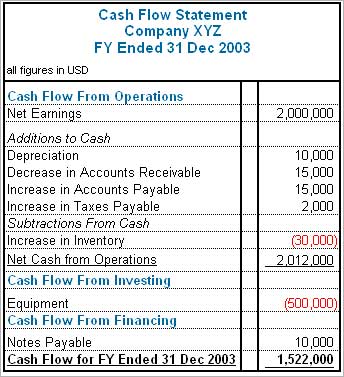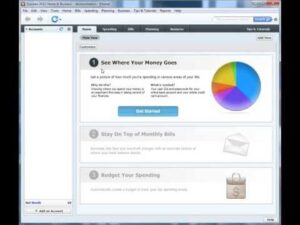No products added!

You just learned how to use the Undeposited Funds account in QuickBooks Online, its importance, and when to use it. If you want other free resources to learn how to better use QuickBooks for your business, check out our free QuickBooks Online tutorials. Here’s what you need to know about QuickBooks Online’s Undeposited Funds account to keep your business accounting operations running smoothly. Using this Undeposited funds feature is going to be an important part of your workflow if you use an external processing service or have some wait time depositing your money. Your Undeposited Funds account should only contain items that are currently pending deposit. If you see old items, you need to investigate why they are still there.
Learn and Support
For example, let’s say Willie’s Widgets paid you $300, Wally’s Whatsits paid you $750 and Whitley’s Whosits paid you $200. You batch these payments into one deposit totaling $1,250. However, you need to properly credit each customer for their payment. Posting each payment to the Undeposited Funds account and then recording the deposit in QuickBooks Online allows you to do this. Head over to the plus sign icon + and select Receive Payment.
No, as it is set up in QuickBooks Online automatically. However, if needed, you may rename it fifo and lifo accounting in your chart of accounts (COA). The “normal” balance for the Undeposited Funds account is $0. If you see a balance in Undeposited Funds on your balance sheet, you need to investigate.
Do I need to reconcile the Undeposited Funds account?
You are putting these funds into a specific bank account and you need to do the same thing in QuickBooks. When you click on record deposits it will bring up all payments that have not been deposited yet (hence the term undeposited funds). When you record the deposits it is important to group the deposits to match your bank activity exactly. You select all the payments you want to deposit, select the appropriate bank account and select the date of deposit. The technical accounting of the record deposits function is credit undeposited funds and debit cash or checking.

More Resources on Small Business Accounting
You received the check 15 best practices in setting up and sending nonprofit newsletters on the last day of the year, which happened to be a Saturday. In simpler terms, it’s a holding account for the money you have received and intend to deposit, but you haven’t deposited yet. This is different from petty cash or your cash register till, which is cash you have on hand but don’t intend to deposit. As you can see in the image above, QuickBooks Online instructs you to use the Cash On Hand account instead of the Undeposited Funds account for petty cash. Every QuickBooks Online file has an Undeposited Funds account. This account is created automatically as part of your business’s chart of accounts and cannot be deleted.
Perhaps you forgot to record a prior deposit or the check was lost and never deposited. Again, make sure you are selecting Undeposited Funds from the “Deposit To” drop-down menu, and save the transaction. We believe everyone should be able to make financial decisions with confidence. You can rest assured that we will work closely with you to create actionable business plans and accurate financial reporting. We offer our toolkit of financial intelligence that will be your greatest asset for business growth.
Products
- See articles customized for your product and join our large community of QuickBooks users.
- Perhaps you forgot to record a prior deposit or the check was lost and never deposited.
- Record the payment received from your customer and place it into the Undeposited Funds account.
- The “normal” balance for the Undeposited Funds account is $0.
- You can add payments to your deposit slip in a similar fashion.
- Next, fill in the required information in the Receive payment form.
If you added a payment to a deposit by mistake, you can remove that payment easily by clicking on the deposit or amount field in the deposit entry line in the Deposit Detail report. It will take you to the bank deposit screen where you can uncheck the checkbox for the payment you wish to remove, and then click Save and close. The payment will automatically go back to the Undeposited Funds account.
Also, be sure you are posting the deposit to the correct account — in this case, checking — and that the date on the transaction is the date you will take the deposit to the bank. Some QuickBooks Online users prefer to post payments straight to their bank accounts rather than using the Undeposited Funds account. When you have your deposit slip, make a bank deposit in QuickBooks to combine payments in Undeposited Funds to match.
In this article, we’ll show you the step-by-step process of using the Undeposited Funds account in QuickBooks Online. We’ll also show you how to add and remove a payment from a deposit and how to delete an entire deposit. Otherwise, you run the risk of either understating or overstating your income, both of which will have tax implications. Some accountants or bookkeepers who don’t understand the full functionality of what is a listed building QuickBooks Online might try to fix incorrect balances in the Undeposited Funds account with a journal entry. Although this will remedy the incorrect account balance on the balance sheet, it will not clear the undeposited transactions from the Bank Deposit screen. If you find that the deposit was posted straight to Income in the bank feed, un-reconcile the transaction, undo the entry and then match the transaction properly.
